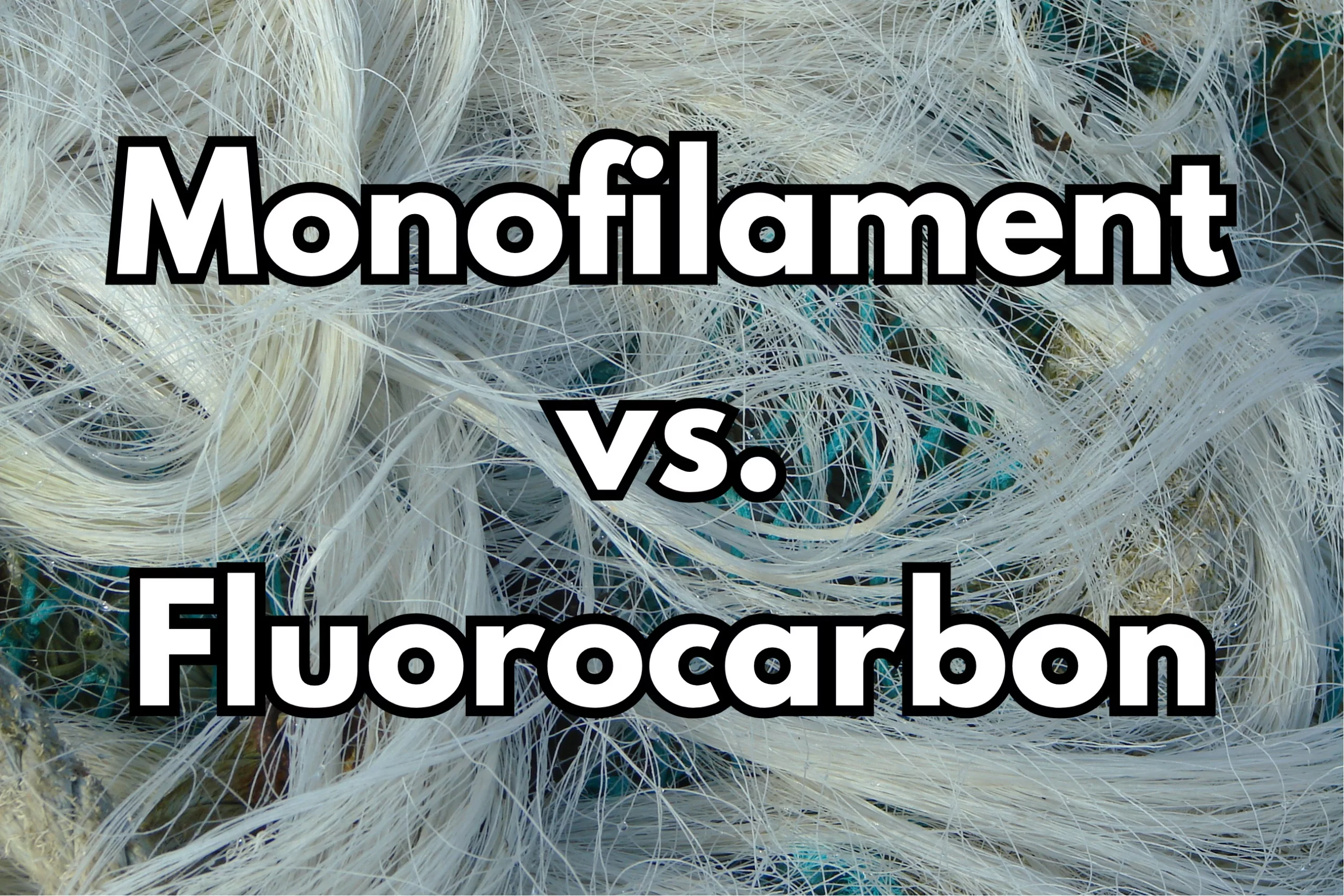The world of fishing lines is vast and varied. If you’ve ever found yourself in the aisle of a sporting goods store, perplexed by the array of options, you’re not alone. Two of the most popular types of fishing lines are monofilament and fluorocarbon. Each offers unique advantages and potential disadvantages. Let’s delve into the intricacies of monofilament vs fluorocarbon to help you make an informed decision.
What is Monofilament?
Monofilament, often referred to as “mono,” is a single strand of material, typically made from nylon. It’s been a staple for anglers for decades, and here’s why:
Pros of Monofilament:
- Stretchability: Mono has a natural stretch, which can be an advantage when fighting a fish, as it provides some give and reduces the risk of the line snapping.
- Versatility: Suitable for a wide range of fishing applications.
- Cost-effective: Typically cheaper than fluorocarbon.
- Buoyancy: It floats, making it an excellent choice for topwater lures.
Cons of Monofilament:
- Degradation: UV sunlight can weaken mono over time.
- Memory: Tends to retain its coiled shape after being spooled, leading to potential tangling, making a rats nest.
- Absorption: Can absorb water, which might impact its strength.
What is Fluorocarbon?
Fluorocarbon is a line made from a compound containing fluorine, carbon, and other elements. It’s gained immense popularity in recent years due to its unique properties.
Pros of Fluorocarbon:
- Visibility: Nearly invisible underwater, which is a boon when targeting skittish or line-shy fish.
- Sensitivity: Less stretch than mono, allowing anglers to feel bites and bottom structure more easily.
- Durability: Resistant to UV light and doesn’t degrade as easily as mono.
- Sinkability: Fluorocarbon sinks, which can be advantageous when fishing deep or when you want your lure to stay below the surface.
Cons of Fluorocarbon:
- Cost: Typically more expensive than monofilament.
- Manageability: Can be stiffer and have more memory than mono, which may lead to casting issues for some anglers.
- Knot Strength: Tends to be more slippery; hence, knot tying requires additional care.
- Memory: Just like Mono, flourocarbon has memory and often times it’s stronger than mono due to it’s strength. Higher priced flourocarbon does have less memory.
Which One is Right for You?
Your choice between monofilament and fluorocarbon will largely depend on the specific conditions you’re fishing in and your personal preferences. Here are some scenarios to consider:
- For topwater presentations: Mono’s buoyancy can be an advantage.
- For clear water conditions where fish are line-wary: Fluorocarbon’s low visibility can be crucial.
- When sensitivity is vital: Fluorocarbon may be the better choice due to its limited stretch.
- On a tight budget: Monofilament might be more appealing because of its cost-effectiveness.
Conclusion
In the debate of monofilament vs fluorocarbon, there isn’t a definitive winner. Both types of lines have their places in an angler’s arsenal. It’s essential to evaluate the fishing conditions and your specific needs to select the most suitable line. Experiment with both, and over time, you’ll discover which works best for your fishing style and the situations you commonly encounter. If you have an extra rod or two you can have one with mono and one with fluorocarbon, or even a braided line.

